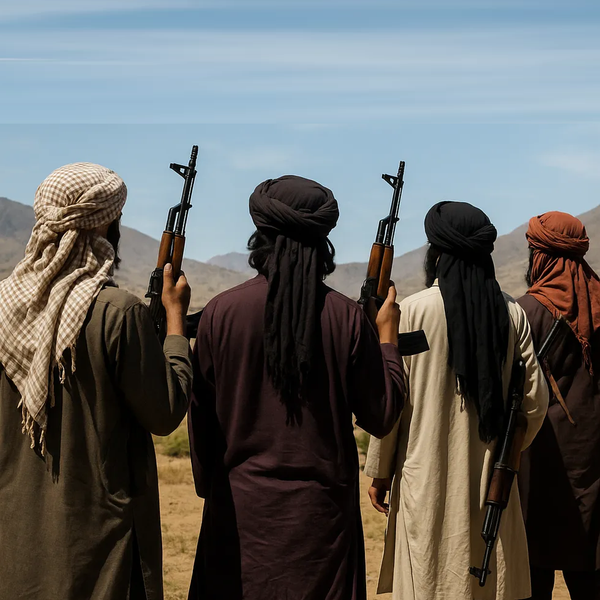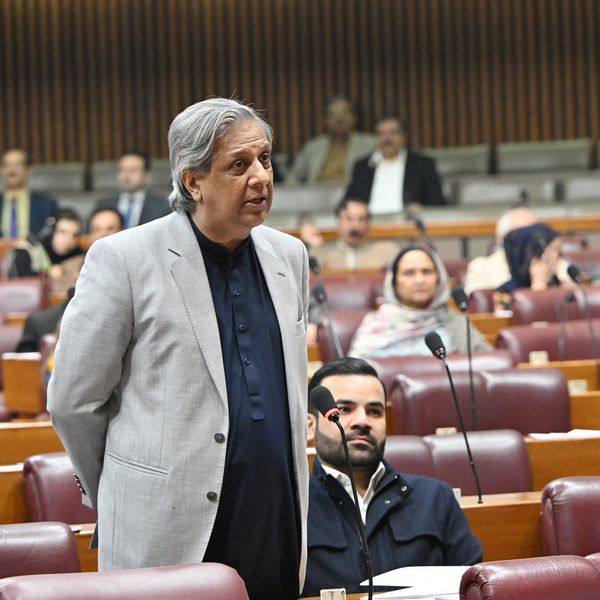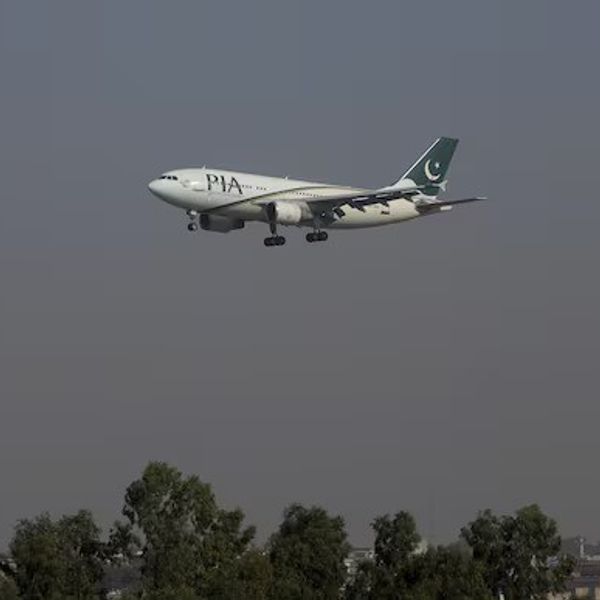IMF projects Pakistan's economy will grow 3.6% in FY26
While the forecast suggests a modest economic pickup, it also reflects continued caution amid global and domestic challenges

Haris Zamir
Business Editor
Experience of almost 33 years where started the journey of financial journalism from Business Recorder in 1992. From 2006 onwards attached with Television Media worked at Sun Tv, Dawn Tv, Geo Tv and Dunya Tv. During the period also worked as a stringer for Bloomberg for seven years and Dow Jones for five years. Also wrote articles for several highly acclaimed periodicals like the Newsline, Pakistan Gulf Economist and Money Matters (The News publications)

The International Monetary Fund (IMF) has projected Pakistan’s economy to grow by 3.6% in the current fiscal year (2025-26), falling short of the government’s more ambitious target of 4.2%, according to the IMF’s latest World Economic Outlook Update titled “Global Economy: Tenuous Resilience amid Persistent Uncertainty.”
While the IMF’s forecast suggests a modest economic pickup compared to the previous year, it also reflects continued caution amid global and domestic challenges.
The Fund has revised its estimate for FY2024-25 upward to 2.7%, up from an earlier projection of 2.6%. This updated figure brings the IMF’s assessment almost in line with the Finance Division’s own estimate of 2.68%, shared in its June 2025 economic outlook.
Cautious optimism
The IMF’s outlook is broadly in sync with other development institutions. The World Bank projects Pakistan’s GDP to expand by 3.1% in FY2026, while the Asian Development Bank (ADB) expects 3.0% growth. Like the IMF, the ADB also revised its FY2025 growth estimate upward to 2.7%, from an earlier 2.5%, signaling cautious optimism about the country’s ongoing economic recovery.
These projections come as Pakistan implements a series of fiscal and structural reforms aimed at stabilizing the economy, improving public finances, and boosting investor confidence. The uptick in GDP growth estimates reflects early signs of recovery following years of economic stress triggered by high inflation, currency depreciation, and external financing gaps.
Rebuilding after turbulence
Pakistan’s economy has weathered a turbulent few years, marked by a balance-of-payments crisis, political instability, and climate-related disruptions.
The country narrowly avoided default in 2023 after securing a short-term IMF bailout and has since been working to restore macroeconomic stability through tight fiscal controls, improved revenue collection, and power sector reforms.
In recent months, inflation has eased, foreign exchange reserves have improved, and the current account has turned positive—key signals that Pakistan may be turning a corner.
However, the IMF’s more conservative outlook for FY2026 suggests that risks remain—from global trade headwinds to ongoing structural weaknesses at home. The Fund has emphasized the importance of continued reform momentum to ensure sustainable growth and resilience against future shocks.










Comments
See what people are discussing